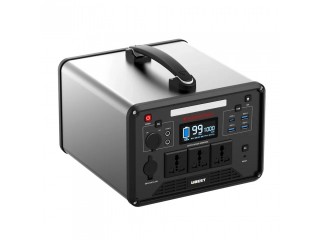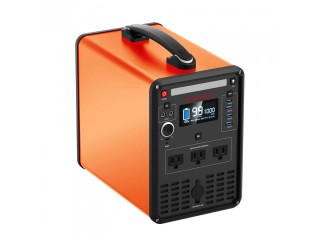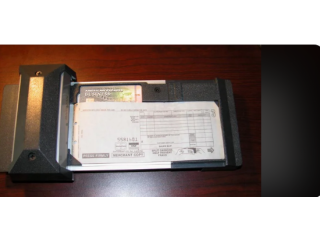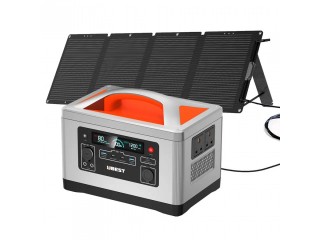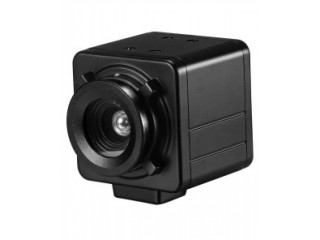A guide to cable ties Private
2 years ago - Multimedia - San Antonio - 156 viewsWhat are cable ties and what are they used for?
They’re fasteners that bundle your cables and wires together to keep them organised and prevent damage. They come in different sizes, lengths, materials and even colours. The different uses of Cable Ties vary across industries, but what they all have in common is that they’re the most effective way to manage your cables.
First, let’s get a picture of the type of cable ties available. The table below is by no means exhaustive, as there are subsets of cable ties within this table. For example, standard cable ties can be weather resistant, which gives them different applications than their cousins’.
Standard cable ties are a fantastic all-rounder, but when you need specialised cable ties, you can get those too.
Nylon
The most common material for cable ties, nylon is a tough material with good thermal, and abrasion resistance. It also resists fuels and most chemicals. Nylon 6/6, the grade most often used for cable ties, meets UL 94 V-2 flammability ratings and has a working temperature range from -40°C to 85°C.
Nylon Cable Ties can be heat stabilised for continuous or extended exposure to high temperatures of up to 121°C. The cable tie manufacturing process can also produce UV stabilised ties for outdoor use. For example, you can have the same cable tie, but manufactured for different applications.
Stainless Steel
Stainless Steel Cable Ties provide high tensile strength. They can also stand extremely high temperatures, from –200°C to 538°C. There are two types of stainless steel used in cable ties: 304 and 316. Type 304 is used for general purposes, with both indoor and outdoor applications. When corrosion is a threat, it’s Type 316 you need.
Cable Glands - What Are They?
A Cable Gland (more often known in the U.S. as a cord grip, cable strain relief, cable connector or cable fitting) is a device designed to attach and secure the end of an electrical cable to the equipment. Cable Glands address an essential requirement in cable management planning and implementation. Their foremost purpose is to grip and seal electrical cables where they pass through a dividing barrier, such as upon entry to a piece of equipment or where they pass through a bulkhead or panel. This is achieved by gripping either the outer sheath of the cable or the armour wire, or by a combination of the two. Cable glands are available in countless designs and features but these can be distilled down to four essential functions.
How Do Cable Glands Work
Nylon Cable Glands consist of multiple threaded parts which fit together to grip the cable and secure the gland assembly and cable to a piece of equipment or panel. The number of parts varies depending on the application and the required level of protection.
There are several variations on this theme but nearly all cable glands work along this fundamental principal of a threaded entry assembly that connects to the equipment and additional threaded nuts which secure the cable to the assembly. These may provide additional seals on both the inner and outer sheath, allow for connection to braided cables, special EMC connections or increased safety for hazardous areas.
Electrical Flexible Conduit and Conduit Fittings in external appearance resembles its close relative, liquid-tight flexible nonmetallic conduit. Both have smooth grey outer jackets that are liquid tight. Type Liquid Tight Flexible Nonmetallic Conduit has an internal steel shield, which makes it more powerful and much less at risk to kinking. Either of these raceways can be created in mild curves to change instructions and also to stay clear of challenges. Additionally, the versatility works for ending at motors where there is likely to be heavy vibration.
Liquid-tight flexible metal conduit is allowed to be used in exposed or hidden locations where adaptability or protection from liquids, vapors or solids is required. It is permitted in specified unsafe (classified) places and also it may be used for direct interment where detailed and marked for the purpose.
Metal Flexible Conduit is not to be used were subject to physical damage.



